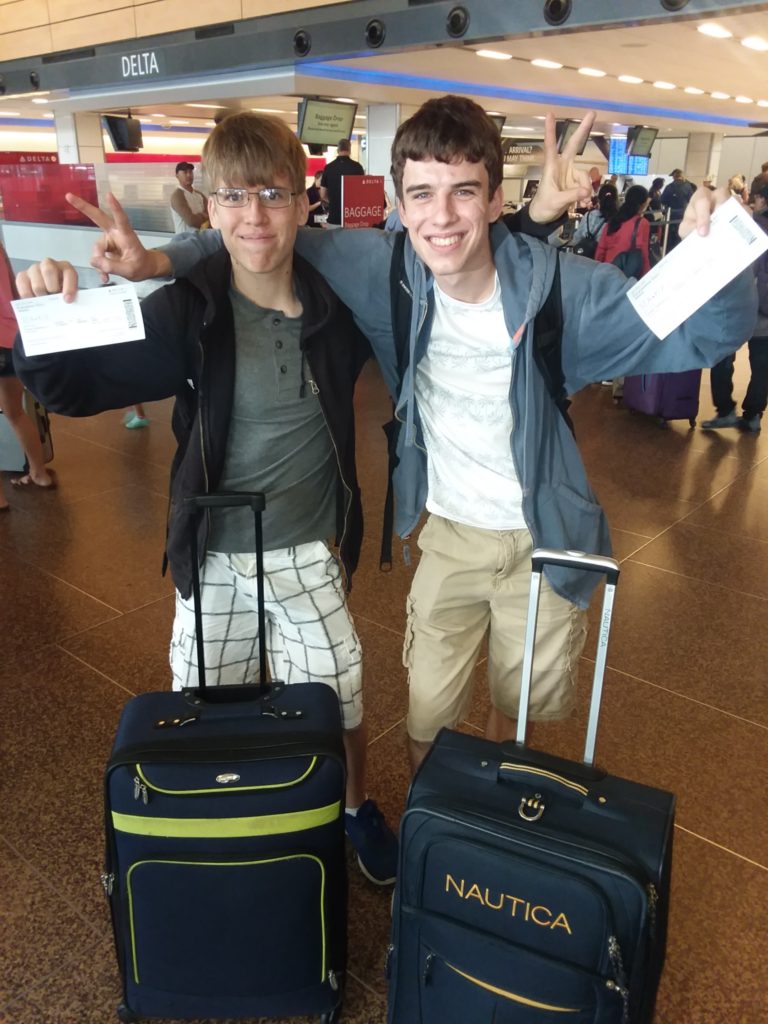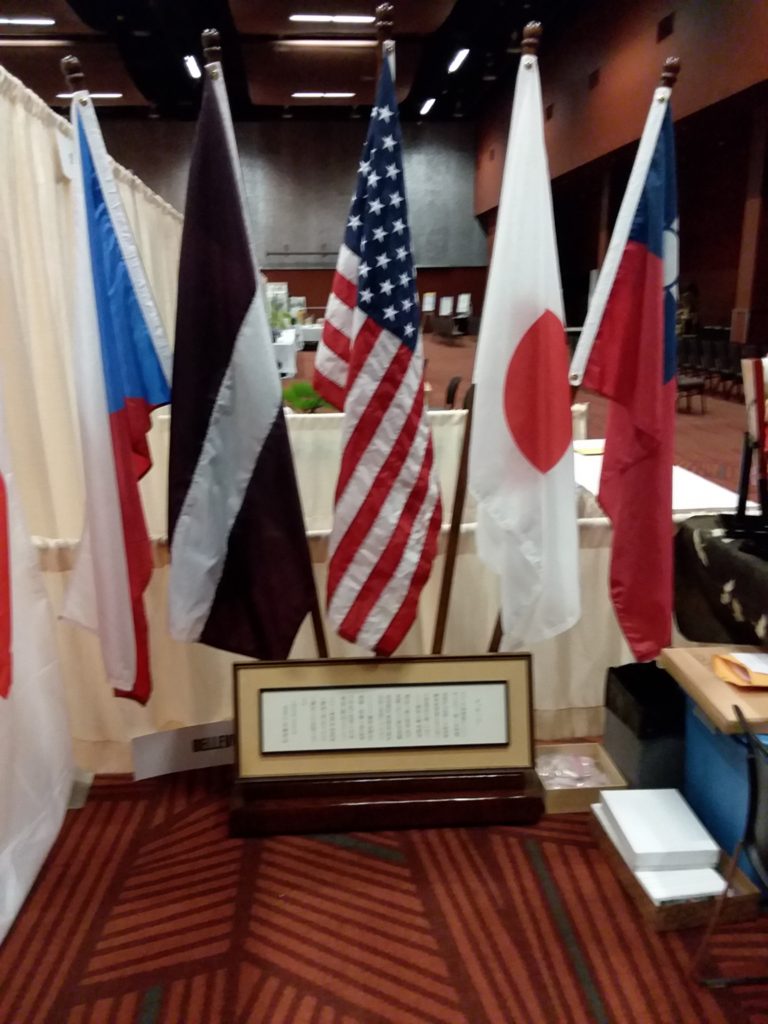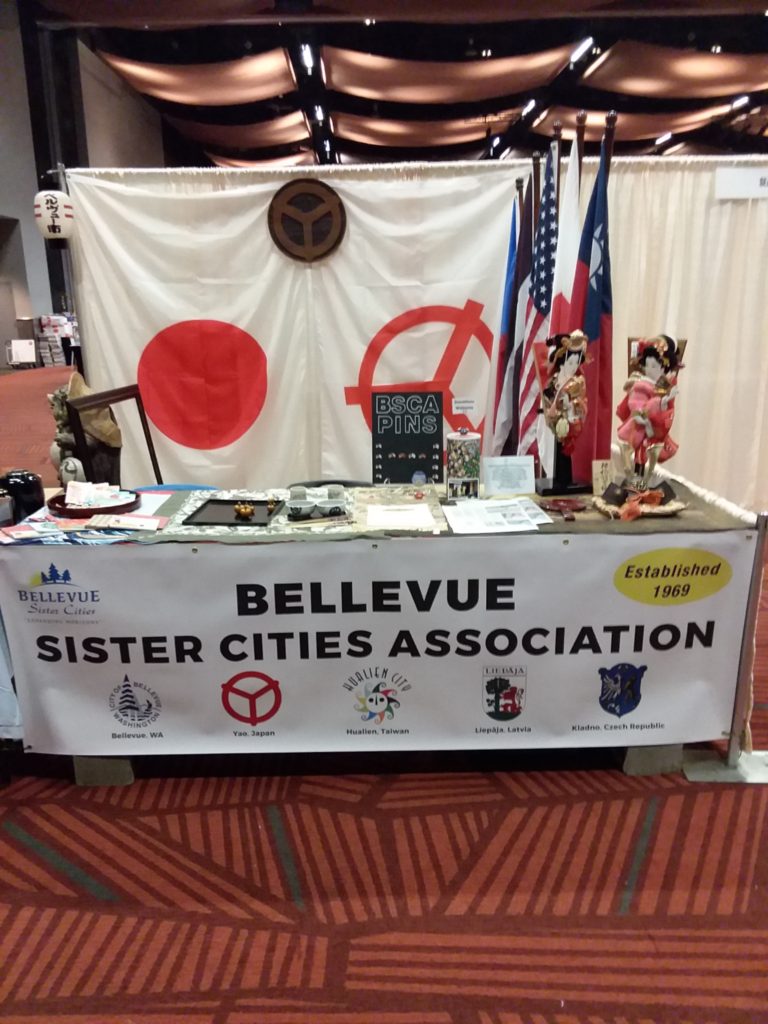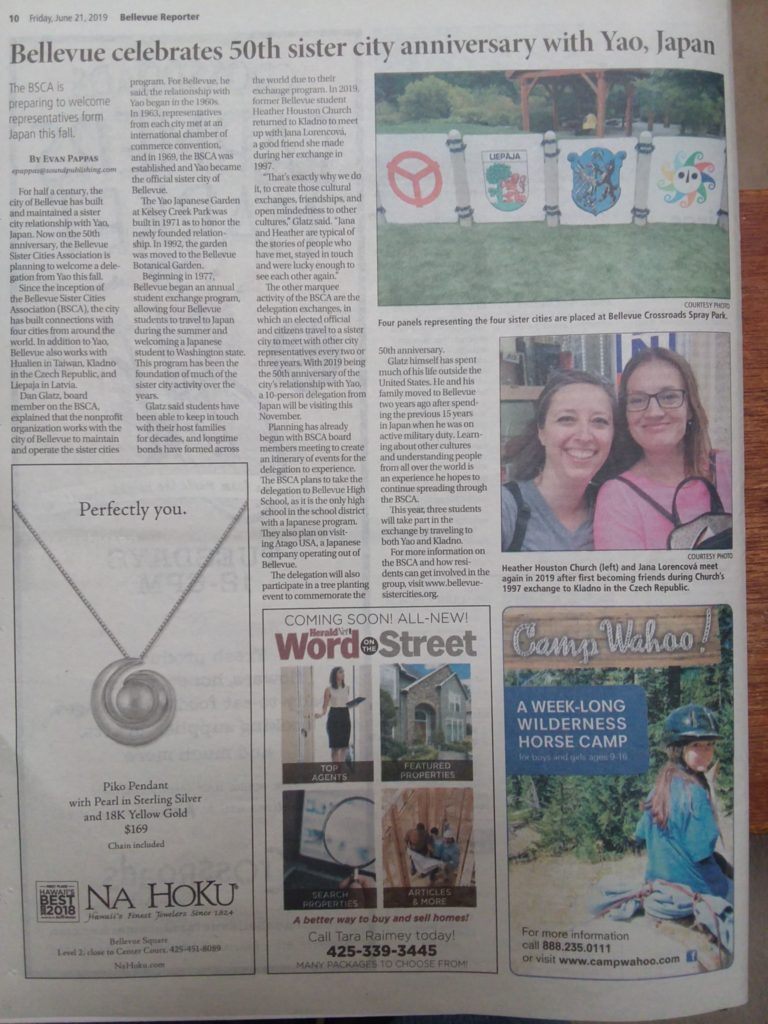Affiliated 1992 (a more detailed version of our history can be found here)
After Bellevue maintained sister city relationships with two cities in Asia (Yao, Japan, and Hualien, Taiwan) for several years, the Bellevue Sister Cities Association asked the City Council establish a sister city in Europe. The Council directed the BSCA to search for a 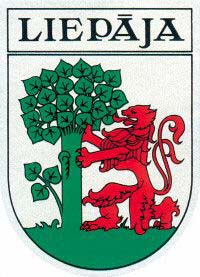 sister city in the emerging democracies of Eastern Europe, where governments emerging from Soviet domination exhibited the greatest need for assistance. Members of the Latvian community lobbied the Council and the BSCA to establish a sister city relationship with Liepāja. The Bellevue-Liepāja sister city relationship was formalized in December 1992. The Liepāja affiliation was about two years in the planning, and included an exploratory trip to Latvia.
sister city in the emerging democracies of Eastern Europe, where governments emerging from Soviet domination exhibited the greatest need for assistance. Members of the Latvian community lobbied the Council and the BSCA to establish a sister city relationship with Liepāja. The Bellevue-Liepāja sister city relationship was formalized in December 1992. The Liepāja affiliation was about two years in the planning, and included an exploratory trip to Latvia.
Liepāja is the third largest city in Latvia with a population of about 95,000. The city is located in the southwestern part of Latvia on a stretch of land between the Baltic Sea, Liepāja Lake and Tosmars Lake. Riga, Latvia’s capital, is about 180 miles to the east.Liepāja has an ice-free port with the potential to become a convenient transit point from for freighters traveling west and east. The city is known for its beautiful beaches on the Baltic Sea.
Culture
Latvian culture and artistic traditions are centuries old. Music has always had an important role in the cultural life of the Latvian nation, and song and dance festivals date back to 1873. The Latvian national opera and ballet were world-famous during Latvian independence. Contemporary music had often been used as a subtle expression of opposition to the Soviet cultural regime. Professional theater emerged in Latvia in the mid-19th century. Liepāja now has a symphony orchestra, a museum of history and art, a marine museum, the Liepāja Drama Theatre and a puppet theater.
History and Industry
Liepāja’s history dates back to the 13th century. During the invasion of German crusaders in the Baltics, the area became attractive because of its advantageous location on the Baltic Sea. In 1625, Liepāja was granted the rights of a town and received a number of trade and craft privileges. Liepāja experienced the greatest impetus for its further development at the end of the 19th century. In 1868 the modernization of the port of Liepāja began and in 1876 a railway was opened. A period of rapid industrial and trade development followed.
World War I, the invasion of the German army, and the new situation in Europe put a halt to the city’s development. Latvia proclaimed itself as an independent republic in 1918. In 1939, the Soviet Union forced Latvia to allow Soviet troups onto Latvian territory and in 1940 it occupied the country outright. In 1941, the Germans invaded Latvia and occupied it until the end of World War II. In 1945, the Red Army pushed back the German troups and then occupied Latvia for a second time. Latvia became a republic in the Union of Soviet Socialist Republics.
Liepāja became home to the Russian Navy and all economic activity — directly or indirectly — was linked to the needs and goals of the military base. The Soviet occupation was maintained until August 1991, when the USSR collapsed. On August 21, 1991, the Supreme Council adopted a resolution fully restoring Latvian state authority.
After Latvia regained independence, the city once again had the opportunity to develop as a commercial port coastal city. Liepāja’s Special Economic Zone was created in 1997. The law created a special economic territory in the former military naval base, the port of Liepāja, the airport and the industrial areas. The goal of the SEZ is to improve the conditions for business activity in Liepāja, to attract foreign investment, to create new jobs and to promote trade, shipping and air traffic by very favorable tax conditions.
Government Structure
The city of Liepāja is governed by a 15-member city council that is elected every four years. The chairman and the vice-chairman serve full-time. The remaining members of the Council serve part-time.

